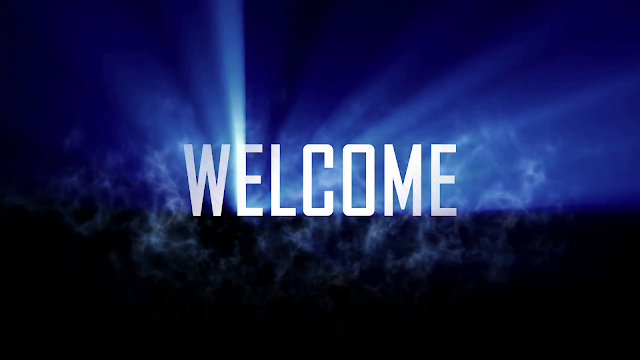This title sequence follows a linear storyline and splicing of horrifying images plotted throughout. The use of a linear storyline makes it easier for the audience to understand and keep track of what is on the screen. The opening sequence allows the filmmaker and the production team to prepare the audience for the chilling and jarring world that they are entering.
The tile sequence is a person setting up an old audio recording machine, therefore introducing to the audience a character, causing the audience to question and think about why the are now focused on this person. Questions of why he is significant?, what is his occupation?, and why are hard cuts of corpses featured alongside him at the start? This is effective because it engages the target audience.
The horrifying images portray different body parts of multiple corpses and this is an effective use of quick hard cuts. This is because the images are quickly shown to the audience but too quickly for them to fully process.This creates a semantic field of psychological horror as the images on the screen are not shown for long. Therefore leaving the audience’s imagination to depict a grimmer image. Also, these images are shown to the audience to indicate that throughout the of the episodes, there will be a lot of chilling moments and setting a morbid atmosphere for the audience.
The sound of an unnerving and gentle piano playing the background, creating an eerie atmosphere for the audience, is successful as it follows the stereotypical conventions of a Psychological horror TV genre. The piano playing in the minor key follows the linear storyline but on the stressed chord the hard cuts are shown. Throughout the big close up shots of the recording machinery, there is diegetic sound of the person setting it up. This helps the audience to focus on thinking of what this person is using this equipment for and possibly their occupation. At the end of the title sequence, the title ‘Mindhunter’ appears and in the background, there is a humming of a breath. This could illustrate to the audience that the humming sound could be the corpse's last breath.
What really intrigued me was the quick hard cuts, and I would like to use this in my opening film sequence. This is because it made me question and think of a deeper meaning behind the title sequence. The use of extremely rapid hard cuts is powerful as this technique deliberately withholds information that it appears to offer. Alongside the hard cuts, I am inspired by the use of sound and music. the gentle piano music made me relaxed but when the hard cuts came and the diegetic sound got quieter, I felt uncomfortable. after the cuts the music would continue to relax me. this is effective as it makes the audience's minds open up to the unnerving images.
What really intrigued me was the quick hard cuts, and I would like to use this in my opening film sequence. This is because it made me question and think of a deeper meaning behind the title sequence. The use of extremely rapid hard cuts is powerful as this technique deliberately withholds information that it appears to offer. Alongside the hard cuts, I am inspired by the use of sound and music. the gentle piano music made me relaxed but when the hard cuts came and the diegetic sound got quieter, I felt uncomfortable. after the cuts the music would continue to relax me. this is effective as it makes the audience's minds open up to the unnerving images.






